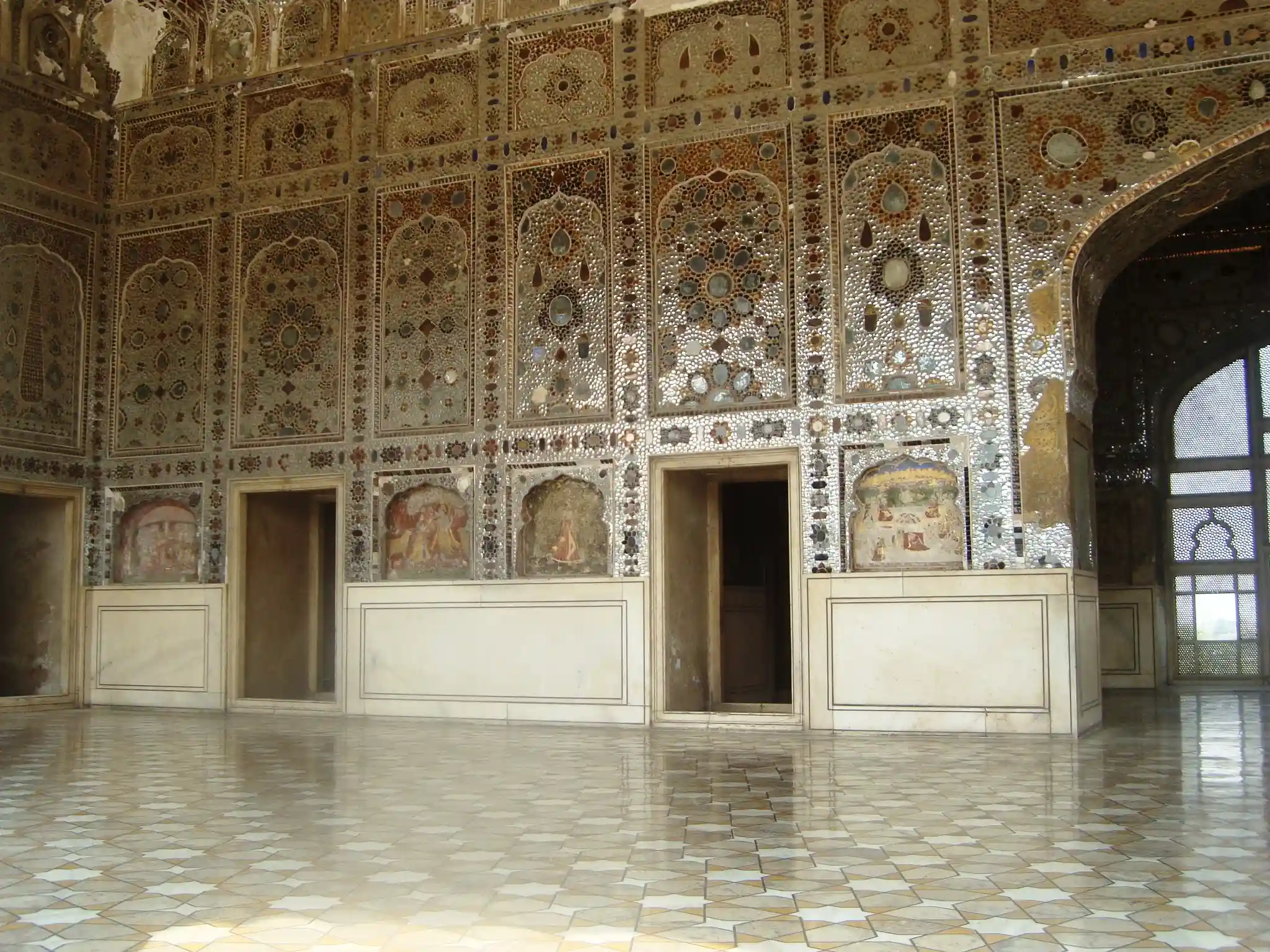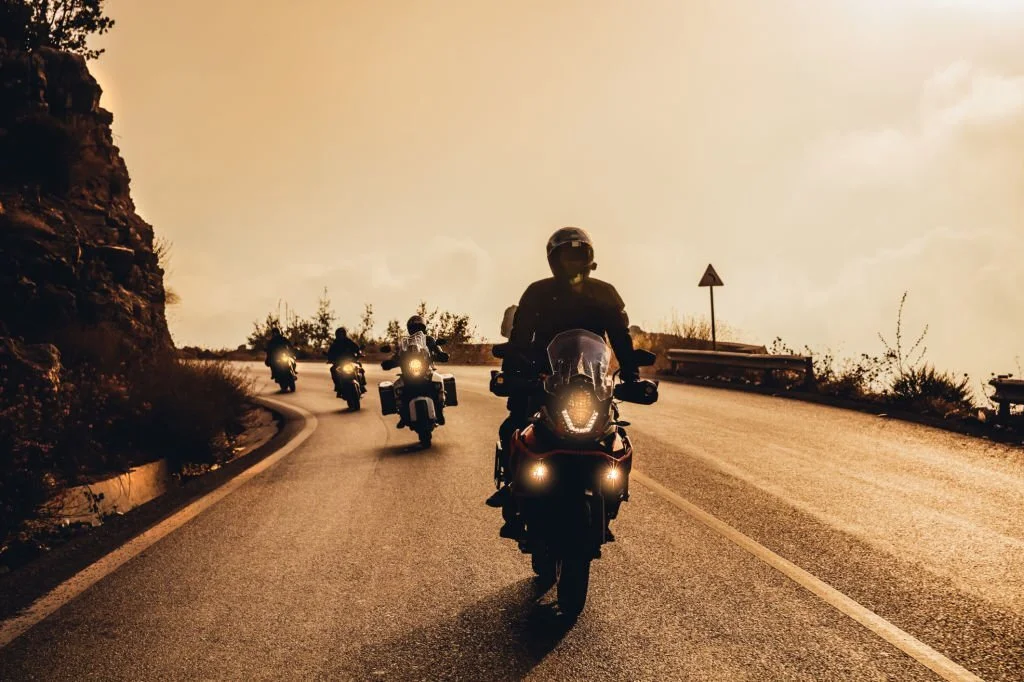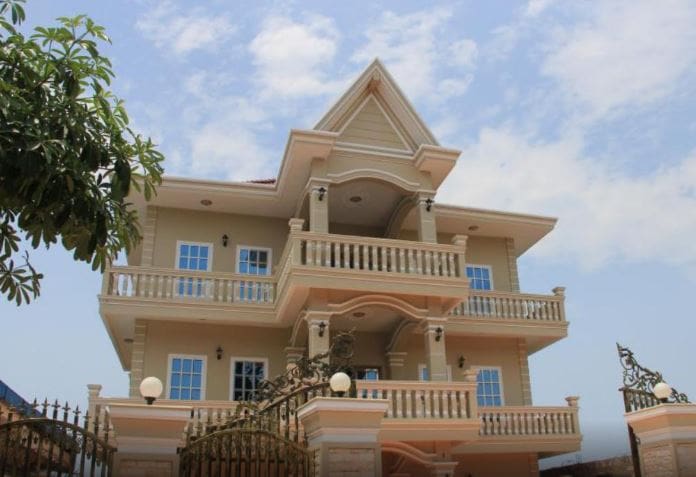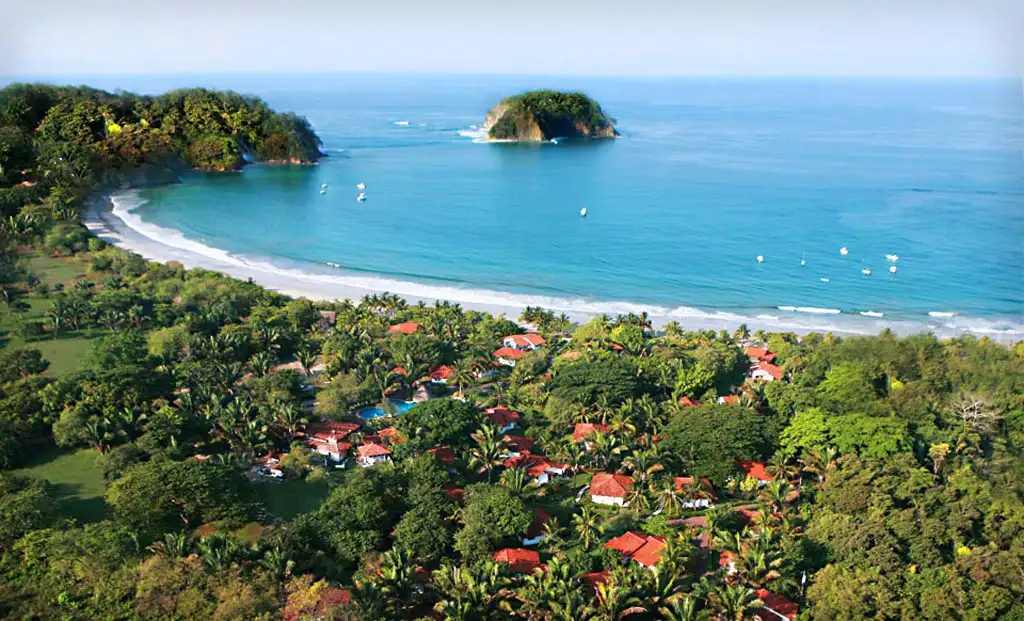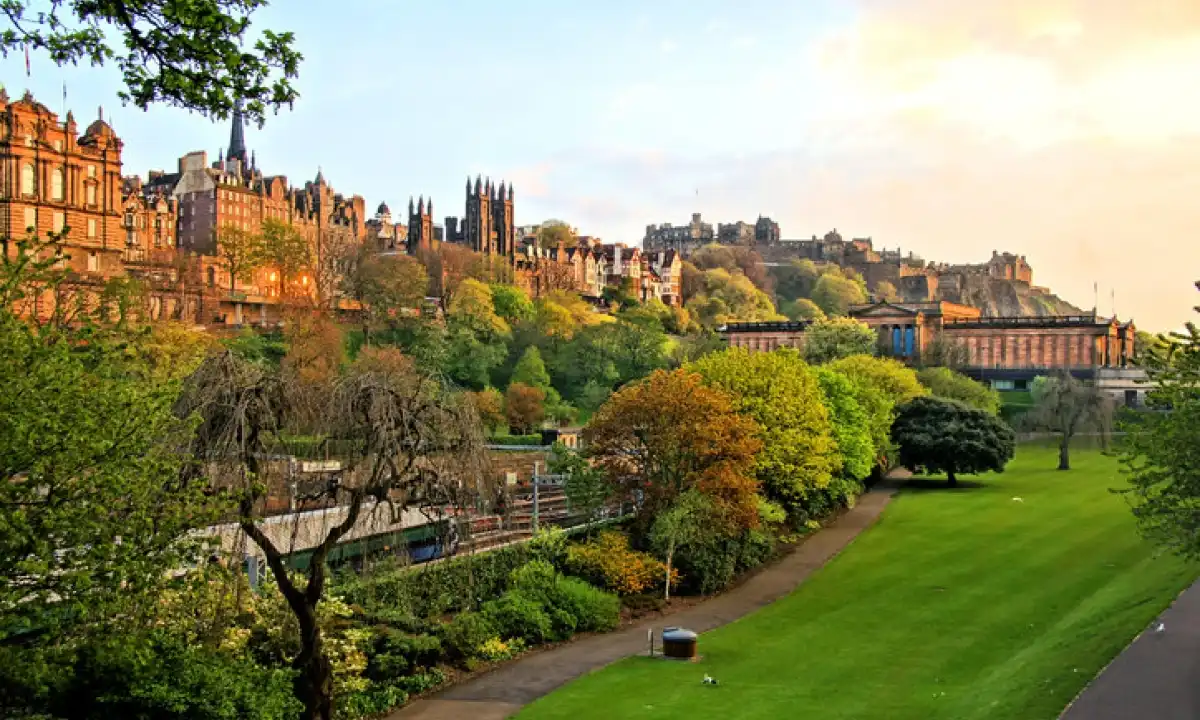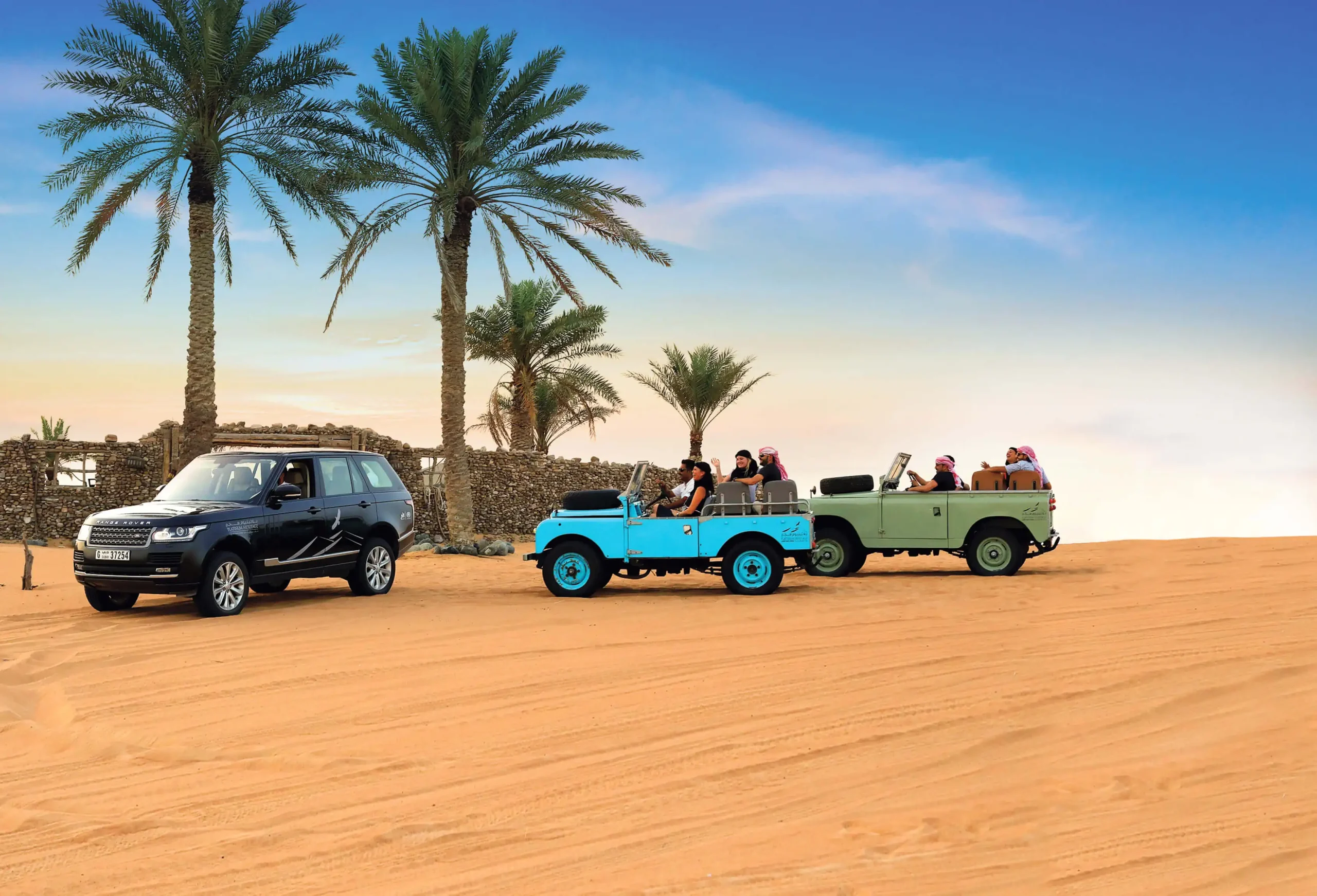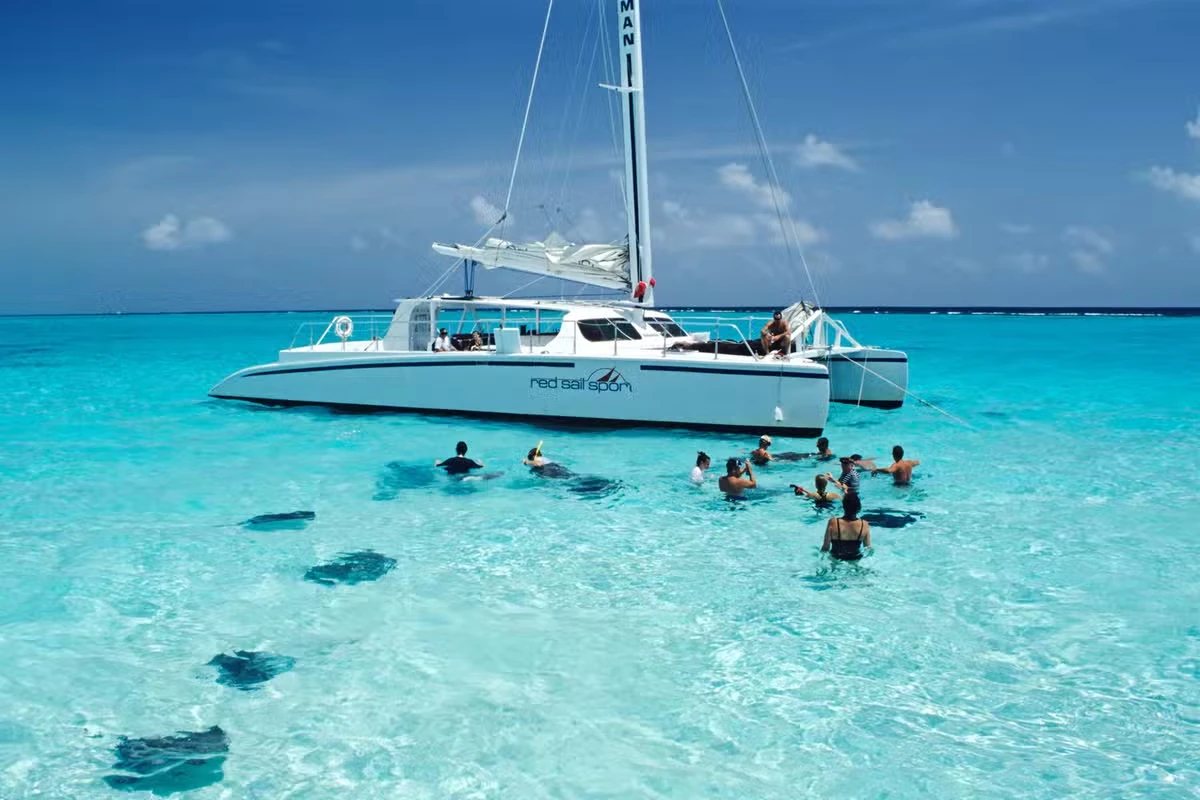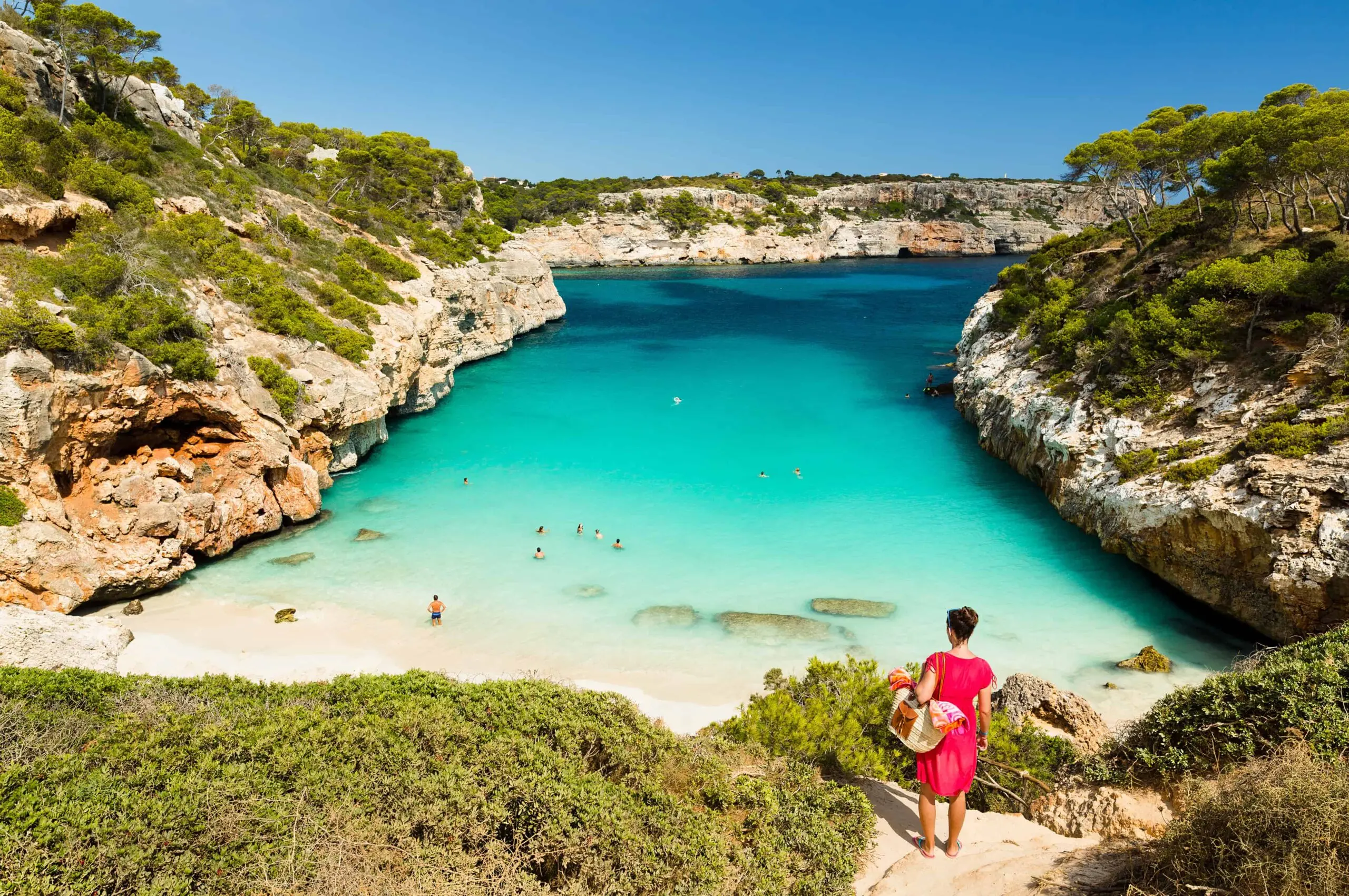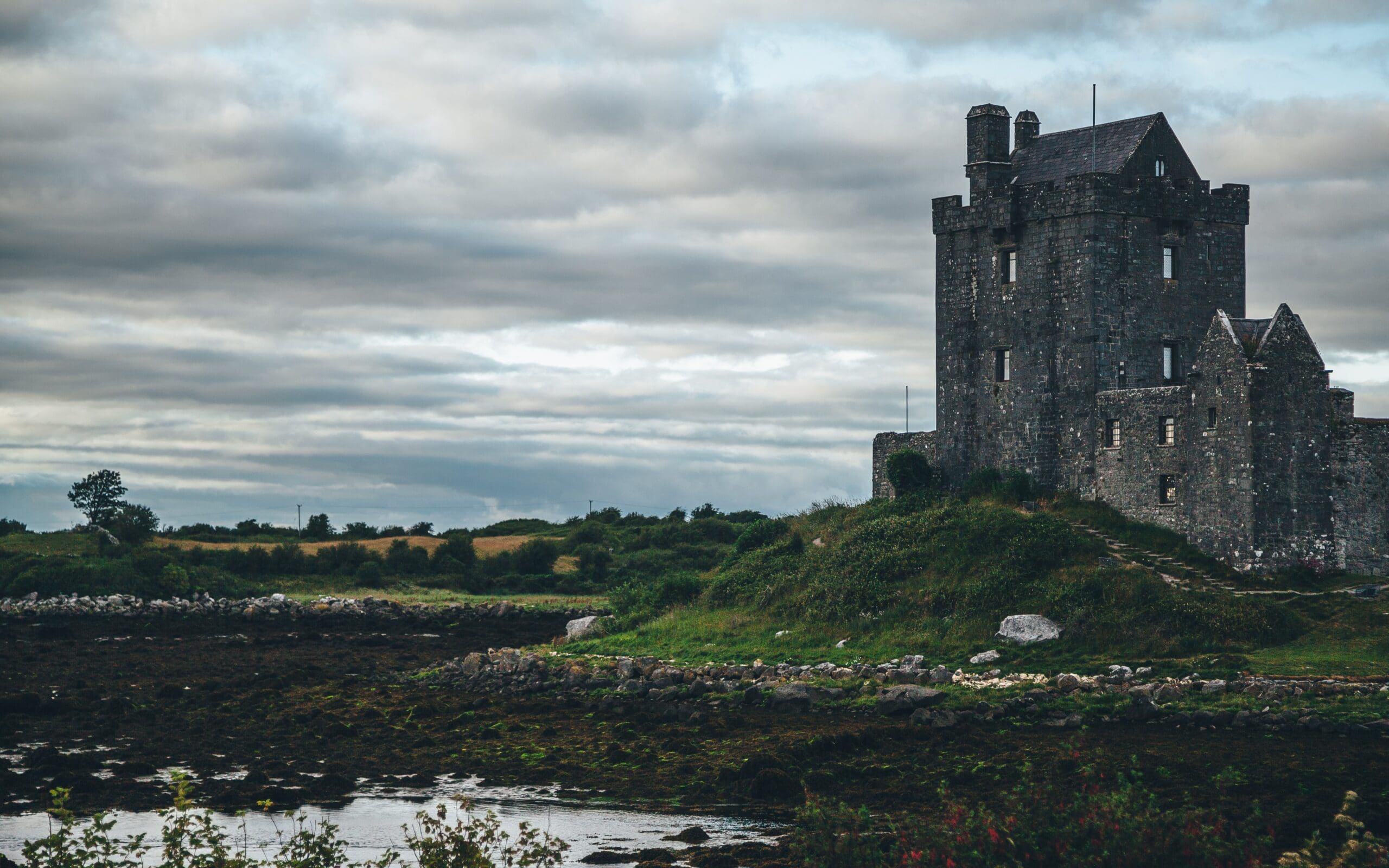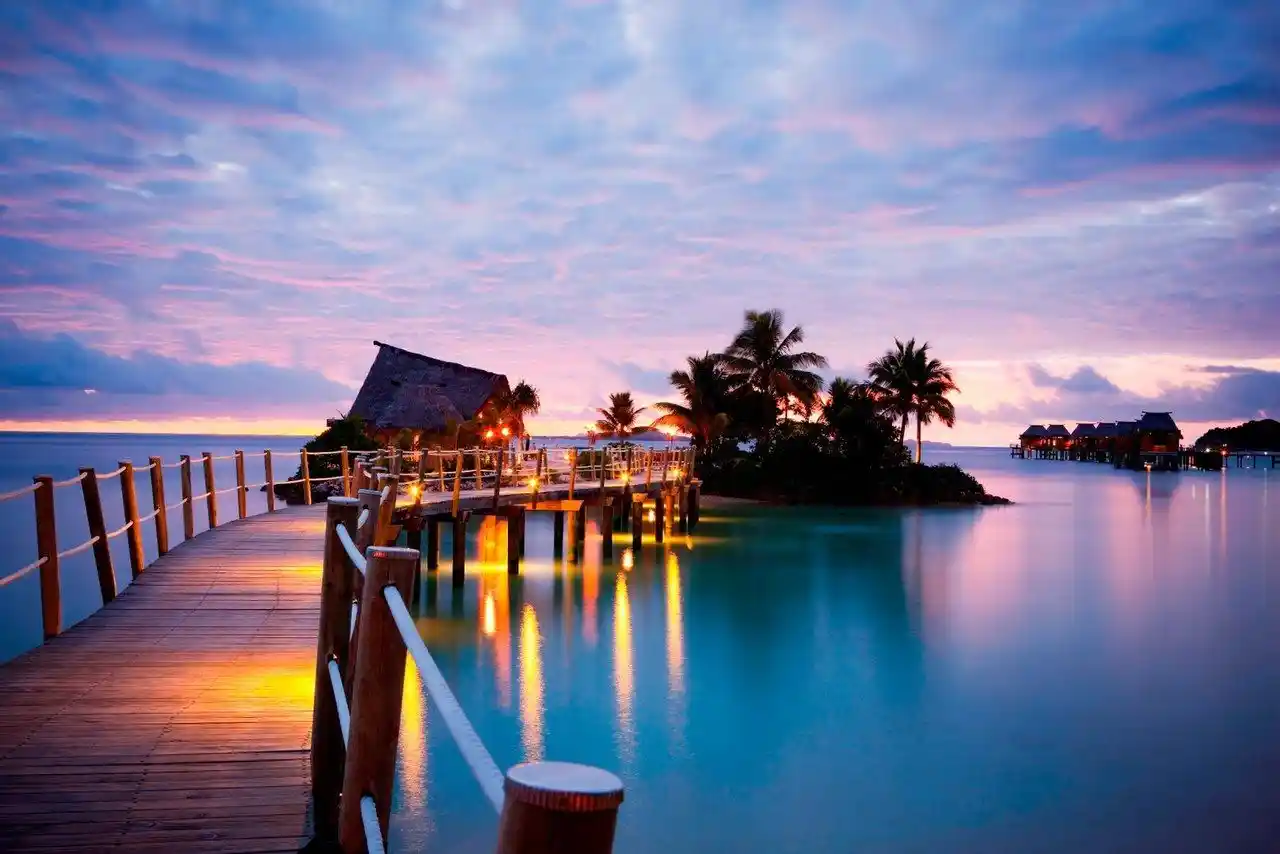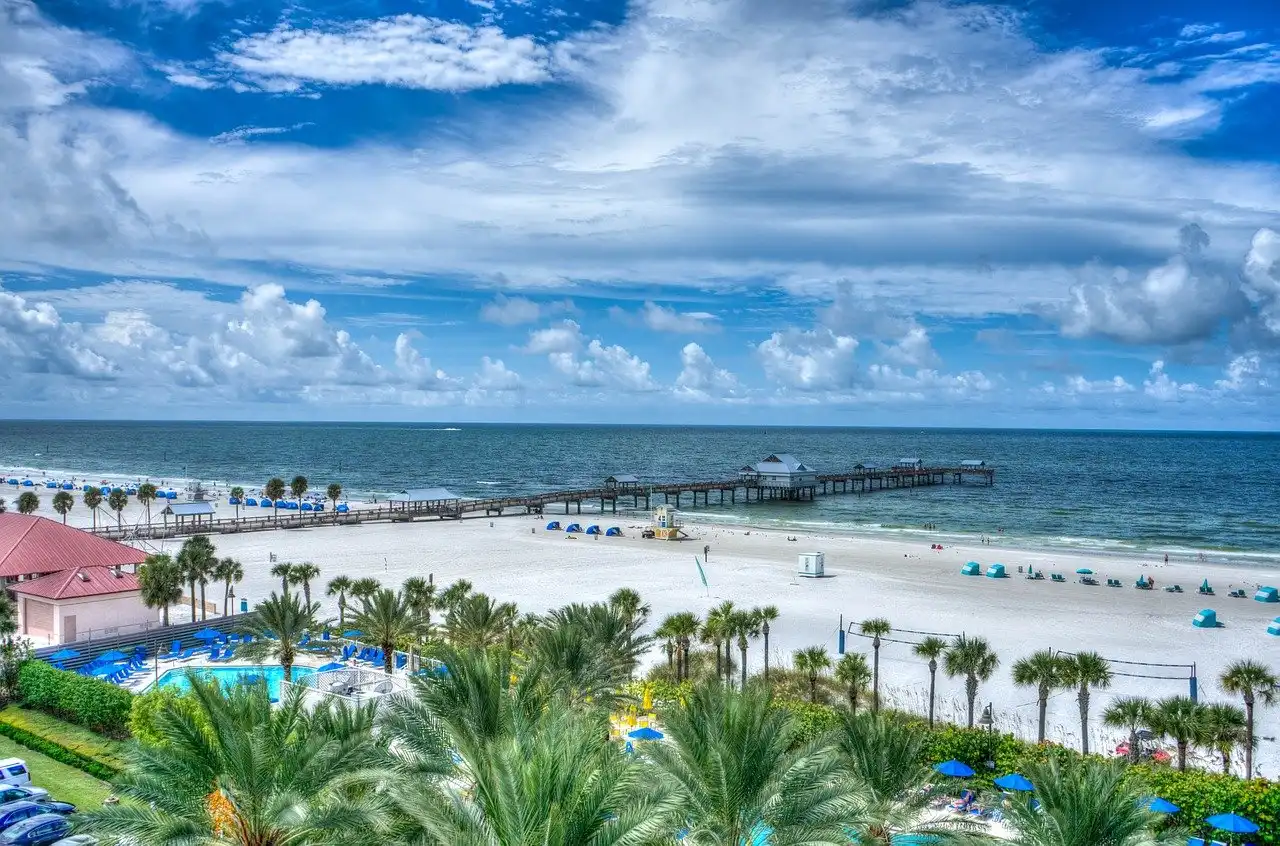Trekking is not just about walking through beautiful landscapes; it’s about immersing yourself in nature, challenging your body, and connecting with the world in ways that few other adventures can offer. The world is home to some of the most extraordinary trekking trails, from rugged mountain peaks to pristine lakes and ancient ruins. Whether you’re a seasoned hiker or a beginner looking for your next challenge, these five treks are sure to provide experiences of a lifetime. Here is an expanded guide to the five best treks in the world, each offering its unique charm, breathtaking views, and challenging terrain.
1. Everest Base Camp Trek, Nepal
Duration: 12-14 days
Difficulty: Moderate to Challenging
Best Time to Go: March to May, September to November
Elevation: 5,364 meters (Base Camp)
Start/End Point: Lukla to Everest Base Camp
Best For: Adventurers who want to experience the grandeur of the Himalayas and the iconic Everest.
Overview:
The Everest Base Camp Trek is arguably the most famous trek in the world. Nestled in the Khumbu region of Nepal, it offers trekkers an incredible journey through rugged mountain terrain and charming Sherpa villages. Along the way, you’ll see some of the most stunning landscapes on Earth, with views of Mount Everest, Lhotse, Makalu, and Ama Dablam. The trek is more than just a physical challenge; it’s a cultural experience, as you interact with the local Sherpa people, visit Buddhist monasteries, and immerse yourself in the Himalayan way of life.
Highlights:
- Everest Views: Witness the grandeur of Mount Everest, the highest peak in the world, from multiple vantage points.
- Sherpa Culture: Stay in traditional Sherpa villages, visit Buddhist monasteries like Tengboche Monastery, and experience the unique hospitality of the Sherpa people.
- Acclimatization: The trek involves multiple acclimatization days, allowing your body to adjust to the high altitude before reaching Everest Base Camp.
- Trekking Through Khumbu Glacier: Walk alongside the Khumbu Glacier, one of the most fascinating geological features in the region.
- Base Camp: The reward at the end is the spectacular view of Everest’s towering south face from Base Camp.
Challenges:
The trek can be physically demanding due to the high altitude and challenging terrain. The air is thin, and altitude sickness can occur, so trekkers must take proper precautions and acclimatize gradually.
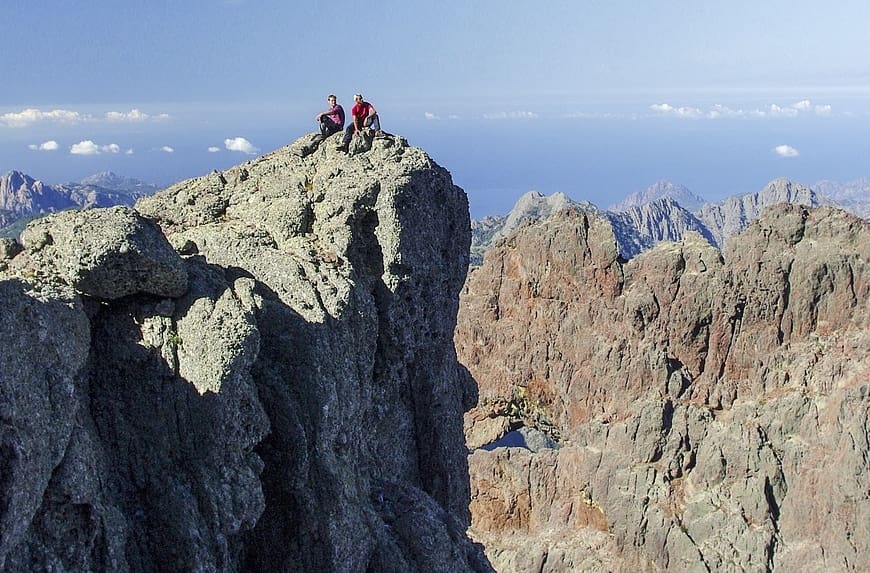
2. Inca Trail, Peru
Duration: 4-5 days
Difficulty: Moderate
Best Time to Go: April to October
Elevation: 2,400 meters (Machu Picchu)
Start/End Point: Kilometer 82 to Machu Picchu
Best For: History enthusiasts, culture lovers, and those seeking a multi-dimensional trekking experience.
Overview:
The Inca Trail is one of the most iconic treks in the world, taking you through the heart of the Andes to the ancient Inca city of Machu Picchu. This 43-kilometer trek follows the same path that the Incas once traveled, offering a rich mix of history, culture, and stunning natural beauty. The journey includes impressive ruins, cloud forests, and awe-inspiring views, culminating at the mystical Machu Picchu. The trek is well-maintained and includes a variety of landscapes, including steep ascents, tranquil valleys, and lush subtropical forests.
Highlights:
- Machu Picchu: The grand finale of the trek, Machu Picchu, is one of the New Seven Wonders of the World and offers an extraordinary sense of history and mystery.
- Ancient Incan Sites: The trail is dotted with well-preserved Incan ruins, including Wiñay Wayna, Sayacmarca, and Phuyupatamarca, which provide a glimpse into the Incan Empire’s architectural prowess.
- Stunning Landscapes: The trek takes you through diverse ecosystems, from subtropical forests to alpine meadows, with panoramic views of snow-capped peaks.
- Sun Gate: As the sun rises over Machu Picchu, the view from the Sun Gate is one of the most breathtaking sights on the planet.
Challenges:
While the Inca Trail is considered moderate in difficulty, it can still be challenging due to its steep climbs and high altitude. Limited permits for the trek mean that booking well in advance is required, and the trail can be crowded during peak tourist seasons.

3. Torres del Paine Circuit, Chile
Duration: 7-10 days
Difficulty: Challenging
Best Time to Go: October to April
Elevation: 1,500 meters (Highest Point)
Start/End Point: Torres del Paine National Park
Best For: Adventurers looking for remote wilderness, dramatic landscapes, and wildlife encounters.
Overview:
The Torres del Paine Circuit, also known as the “O Circuit,” is located in the remote region of Patagonia, Chile. This trek is one of the most beautiful and challenging in the world, offering trekkers the opportunity to explore vast plains, jagged mountain peaks, glaciers, and turquoise lakes. Torres del Paine is renowned for its dramatic landscapes, and the circuit takes you around the park’s most iconic sites, including the towers themselves, Grey Glacier, and the stunning French Valley. Along the way, you’ll have the chance to encounter unique wildlife such as guanacos, foxes, and condors.
Highlights:
- Torres del Paine Towers: The trek is named after the three granite towers that rise sharply against the skyline and are a highlight of the park.
- Grey Glacier: A massive glacier that flows into Grey Lake, providing stunning views as you walk along its edge.
- Wildlife Watching: Patagonia is home to an array of unique wildlife, including herds of guanacos, Andean condors, and flamingos.
- Patagonian Wilderness: The remote wilderness of Patagonia offers trekkers a true sense of adventure and solitude.
Challenges:
The trek can be physically demanding due to the rugged terrain and variable weather conditions, which can change quickly in Patagonia. The circuit is also long, requiring good endurance.

4. The Dolomites, Italy
Duration: 5-7 days
Difficulty: Moderate to Challenging
Best Time to Go: June to September
Elevation: 3,000 meters (Highest Point)
Start/End Point: Cortina d’Ampezzo to Bolzano
Best For: Those seeking scenic beauty, alpine culture, and a mix of easy to moderate treks.
Overview:
The Dolomites, a mountain range in northern Italy, offer some of the most breathtaking alpine trekking in Europe. The Alta Via 1 trail is the most famous, taking you through lush meadows, alpine forests, and towering limestone peaks. With well-marked paths and cozy mountain huts (rifugi) along the way, this trek combines natural beauty with rich cultural heritage. Trekkers are treated to stunning panoramas of jagged peaks, tranquil lakes, and valleys dotted with charming villages.
Highlights:
- Tre Cime di Lavaredo: The iconic three peaks are one of the most recognizable and photographed mountain formations in the world.
- Cultural Immersion: Stay in cozy mountain huts where you can experience the local Ladin culture and sample delicious alpine cuisine.
- Alpine Meadows and Lakes: Hike through meadows filled with wildflowers and past crystal-clear lakes.
- WWI History: The Dolomites were a major battleground during World War I, and many of the trails pass by relics from the war, offering a glimpse into this tumultuous period.
Challenges:
While the Dolomites offer a more accessible trek compared to others on this list, the terrain can be steep and challenging, especially when crossing high-altitude passes.

5. Annapurna Circuit, Nepal
Duration: 12-15 days
Difficulty: Moderate to Challenging
Best Time to Go: September to November, March to May
Elevation: 5,416 meters (Thorong La Pass)
Start/End Point: Besi Sahar to Pokhara
Best For: Trekkers looking for diverse landscapes, cultural experiences, and stunning Himalayan views.
Overview:
The Annapurna Circuit is one of the most popular trekking routes in Nepal, offering trekkers a diverse range of landscapes, cultures, and views. The trek circles the Annapurna Massif and takes you through subtropical forests, terraced fields, and arid Tibetan-style villages before reaching the high-altitude Thorong La Pass. Along the way, you’ll witness panoramic views of some of the highest peaks in the world, including Annapurna I, Machapuchare (Fishtail), and Dhaulagiri.
Highlights:
- Panoramic Views: The trek offers sweeping views of the Annapurna Range, including the towering Annapurna I and the iconic Machapuchare.
- Cultural Diversity: Pass through a variety of ethnic villages, such as the Gurung and Thakali, and experience their rich culture, cuisine, and traditions.
- Thorong La Pass: The highest point of the trek, the Thorong La Pass, is a significant achievement and offers a dramatic view of the surrounding peaks.
- Muktinath Temple: A sacred pilgrimage site for both Hindus and Buddhists, Muktinath Temple is a highlight of the trek.
Challenges:
The Annapurna Circuit requires good stamina and preparation due to the long duration and high-altitude passes. Altitude sickness is a risk, so proper acclimatization is essential.

Final Thoughts
Each of these top five treks offers a unique experience, from the world-famous Everest Base Camp to the remote wilderness of Patagonia. Whether you’re looking to conquer towering mountains, explore ancient ruins, or immerse yourself in vibrant cultures, these treks provide the adventure of a lifetime. Be prepared for the challenges that come with trekking in these beautiful yet rugged environments, and you’ll be rewarded with memories and views that will last forever.
Frequently Asked Questions (FAQs)
Q1: What’s the best trek for beginners?
The Inca Trail and Dolomites trek are great for beginners. They offer a manageable mix of beautiful landscapes, moderate climbs, and cultural experiences.
Q2: What is the most challenging trek on this list?
The Everest Base Camp Trek and Torres del Paine Circuit are considered the most challenging due to their high altitudes, tough terrain, and demanding durations.
Q3: When is the best time to trek in the Dolomites?
The best time is between June and September, when the weather is milder and the trails are easily accessible.
Q4: Do I need a guide for these treks?
Some treks, like the Inca Trail and Annapurna Circuit, require a guide, while others, like the Dolomites, can be done independently with proper preparation.
Q5: How do I prepare for high-altitude treks?
Preparation involves cardiovascular and strength training, acclimatizing to higher altitudes, staying hydrated, and taking it slow during the trek. It’s also recommended to take rest days for proper acclimatization.


